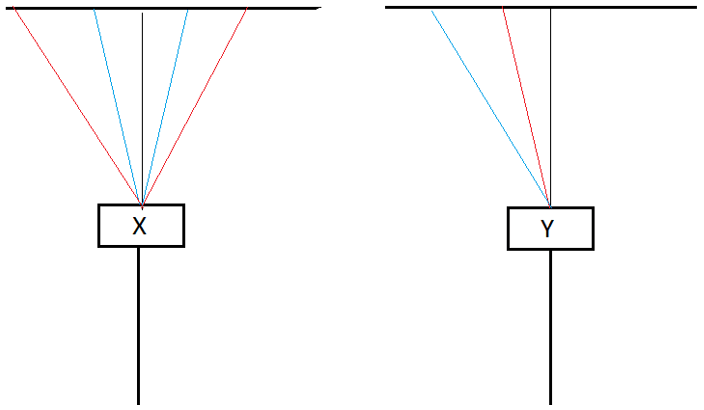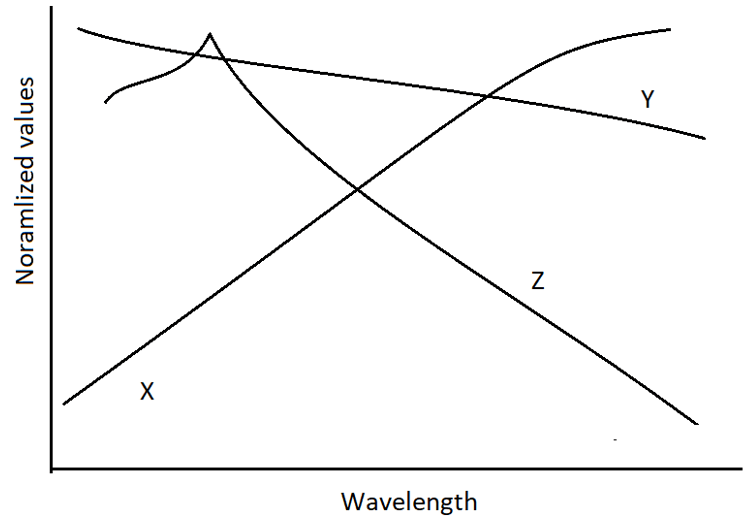This set of Advanced Engineering Physics Questions and Answers focuses on “Difference Between Prism and Grating Spectra”.
1. Light utilization efficiency of prism and grating respectively is _________
a) High and High
b) High and Low
c) Low and High
d) Low and Low
View Answer
Explanation: In a grating, the light with the same wavelength is dispersed in several directions as higher-order light. The prism generally has higher light utilization efficiency despite other losses.
2. Wavelength dependency for dispersion is constant for a prism.
a) True
b) False
View Answer
Explanation: For a prism, the wavelength dependency for a prism is variable. It is high for UV while low for visible light. For a grating, however, it is high and approximately constant.
3. The spectrum observed for a grating is much purer than a prism.
a) True
b) False
View Answer
Explanation: It is true that the spectrum observed by a plane transmission grating is purer than that of a prism. This is so because for the grating, it is due to diffraction while for the prism, it is due to dispersion.
4. The relationship between the angle of diffraction of violet, θv, and the angle of diffraction for red, θr, for a grating, is ________
a) θv > θr
b) θv < θr
c) θv = θr
d) No relationship
View Answer
Explanation: For a diffraction grating, the angle of diffraction for violet is less than the one for red. However, with a prism, the angle of deviation for the violet rays of light is more than for the red rays of light.
5. How many spectrums can be achieved by grating and a prism respectively?
a) 1 and 1
b) More than 1 and 1
c) 1 and More than 1
d) More than 1 and More than 1
View Answer
Explanation: In a grating, a number of spectra can be achieved on the two side of the principal maxima while for a prism, only one spectrum can be obtained.
6. The wavelength range for a grating is _______
a) 200 nm – 400 nm
b) 400 nm – 800 nm
c) 800 nm – 1200 nm
d) 200 – 800 nm
View Answer
Explanation: For a grating, the wavelength range is from 400 nm to 800 nm. For a prism, the wavelength range is from 365 mm to 920 mm.
7. The phenomenon used for obtaining grating spectra is diffraction. Which phenomenon is used for obtaining prism spectra?
a) Diffraction
b) Interference
c) Scattering
d) Dispersion
View Answer
Explanation: The prism spectra is obtained by dispersion. It is the splitting of light into seven colors. Violet has the greatest deviation in this case, while for grating spectra violet has the least deviation.
8. Identify X and Y.

a) X: Grating Y: Prism
b) X: Prism Y: Grating
c) X: Grating Y: Slit
d) X: Slit Y: Grating
View Answer
Explanation: X is a grating, as we can spectrums are observed on both sides of the principal maxima. While Y is grating, as only one spectrum is observed.
9. Which of the following lines represent the resolution of a prism?

a) X
b) Y
c) Z
d) None
View Answer
Explanation: In the following figure, X is the resolution of the prism. Y is the resolution of diffraction grating and Z is the QE of a camera.
10. Do the spectra observed by grating and prism depends on the nature of the material?
a) Yes for both
b) Yes for grating
c) Yes for prism
d) No for both
View Answer
Explanation: The prism spectra observed depends on the nature of the material of the prism. While in the case of a diffraction grating, the spectra are independent on the nature of the material of the prism.
Sanfoundry Global Education & Learning Series – Engineering Physics.
To practice advanced questions and answers on all areas of Engineering Physics, here is complete set of 1000+ Multiple Choice Questions and Answers.
If you find a mistake in question / option / answer, kindly take a screenshot and email to [email protected]
